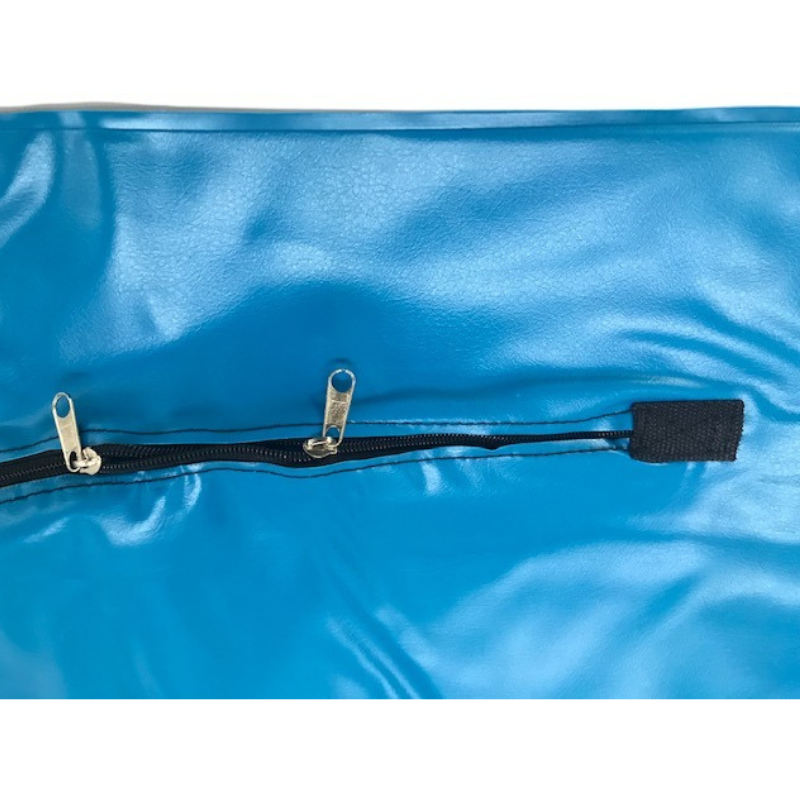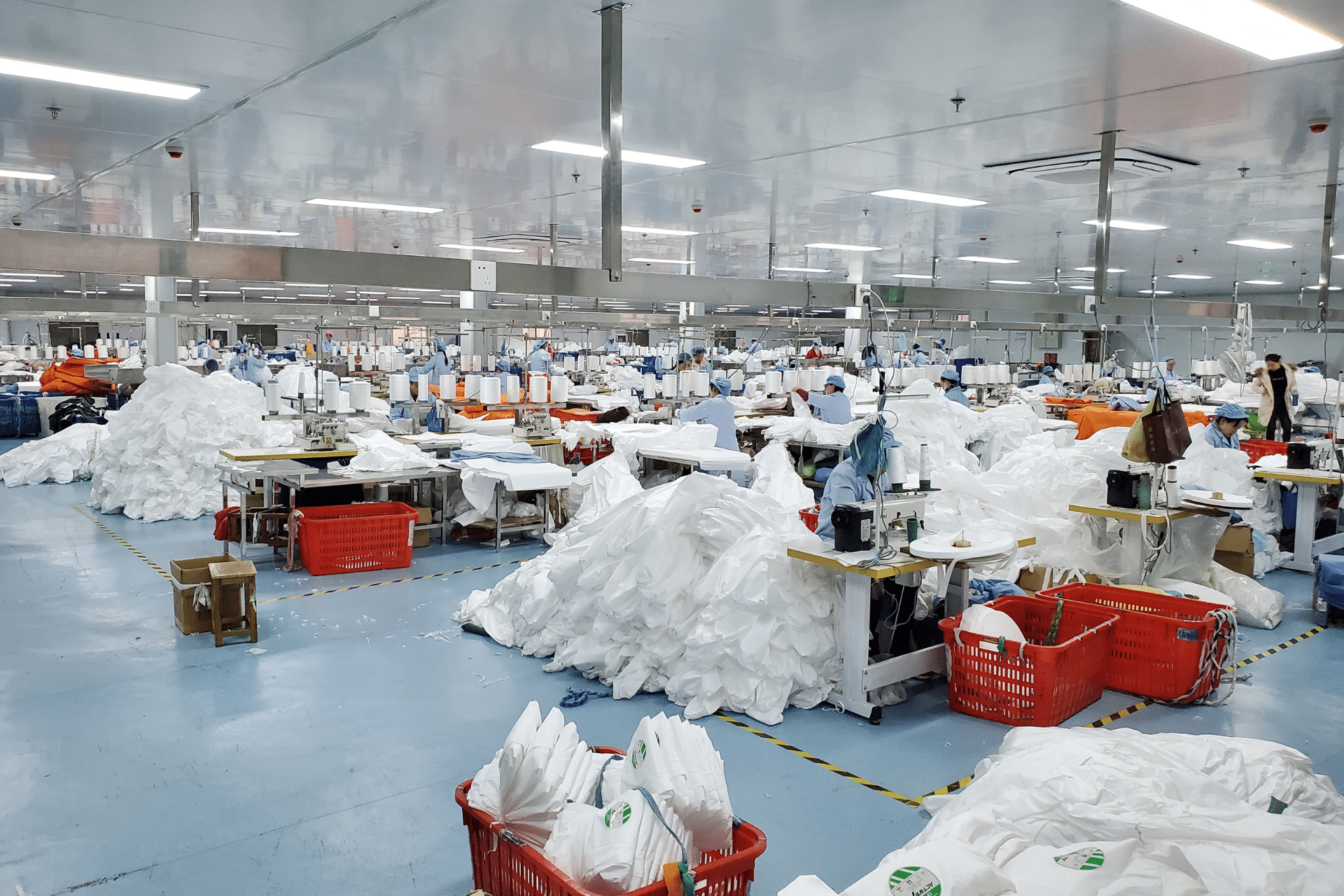In the unfortunate event of a disaster or mass casualty situation, proper management of human remains is not just about logistics—it’s about dignity, safety, and efficiency. Disposable human remains pouches play a crucial role in streamlining these operations. In this article, we’ll explore why these body bags are so essential, the different types available, and how they can significantly improve disaster response efforts.

The Critical Role of Body Bags in Disaster Response
During disasters, the handling and storage of human remains is an important part of the recovery process. Without proper containment, the situation can quickly become chaotic. Body bags provide a practical, secure way to manage this challenging aspect of mass casualty events.
Why Body Bags are Essential for Mass Casualty Management
In any mass casualty scenario—whether it’s a natural disaster, a military conflict, or a large-scale accident—body bags are critical. They ensure that human remains are handled with respect and transported safely. Not only do they help maintain the dignity of the deceased, but they also protect workers and first responders from contamination and potential health risks.

Key Benefits of Using Disposable Human Remains Pouches
The use of disposable body bag is particularly beneficial in disaster settings. These bags are typically lightweight and cost-effective, allowing responders to manage large-scale incidents efficiently. Since they are single-use, they eliminate the need for extensive cleaning and storage, making them the perfect choice for fast-paced environments.
Types of Body Bags: Light Duty vs. Heavy Duty
Not all body bags are created equal. Depending on the circumstances, different levels of durability and strength may be required. This is why it’s important to understand the differences between light duty body bag and heavy duty options.

Light Duty Body Bag for Lower Impact Scenarios
Light duty body bags are suitable for lower-impact situations where the need for transport and handling is minimal. These bags are often used in hospital settings or controlled environments where the focus is on immediate burial or cremation. They’re designed to be more affordable and lightweight, perfect for quick use.
Heavy Duty Body Bag for Demanding Environments
In contrast, heavy duty body bags are made for more rigorous conditions. Disasters like floods or earthquakes demand bags that can withstand water, debris, and rough handling during transport. These bags feature reinforced materials, strong handles, and high-quality zippers to ensure security and durability throughout the recovery process.

Key Features of a High-Quality Disposable Human Remains Pouch
When selecting a disposable body remains pouch, several key features should be considered to ensure quality and performance.
Durable Materials for Long-Term Storage and Transport
A high-quality body bag must be made from durable materials that can handle the stress of transport and long-term storage if needed. Materials like polyethylene or PVC offer strong resistance to water and environmental conditions, making them ideal for unpredictable disaster scenarios.
Zipper and Handle Design for Secure Handling
The zipper is another critical component. High-quality bags feature heavy-duty zippers that can fully enclose the body without gaps, ensuring safe and respectful handling. Handles should be well-positioned and strong enough to facilitate easy movement, even in difficult conditions.


Customization and Compliance for Various Needs
Customization and regulatory compliance are critical aspects to consider when choosing body bags for mass casualty management.
Complying with Industry Standards and Regulations
Funeral homes, disaster response teams, and medical professionals must ensure that their body bags comply with local and international regulations. High-quality bags are designed to meet these standards, whether for military, disaster relief, or funeral home use. Ensuring that your bags are compliant helps avoid legal issues and guarantees ethical handling of body remains.
Customizable Sizes and Features for Different Scenarios
Another advantage of using high-quality body bags is the availability of customizable sizes and features. Depending on the situation, larger bags may be required for adult bodies, while military settings might need specific designs to suit their operational requirements. Human remains pouches can be tailored to include additional handles or reinforced materials, ensuring that every scenario is handled with care.

How Disposable Human Remains Pouches Improve Operational Efficiency
In disaster response situations, efficiency can mean the difference between life and death. Disposable human remains pouches are key to improving operations in these challenging environments.
Streamlining Mass Casualty Response Operations
Having an adequate supply of disposable human remains pouches allows disaster management teams to act quickly. Bulk purchase options and fast ship times ensure that responders are never caught unprepared. Body bags are easy to store and distribute, making them essential for managing large-scale incidents with many casualties.

Reducing Health and Safety Risks
Health and safety are always top priorities during disaster response. Using disposable bags helps reduce the risk of contamination and infection. Single-use bags eliminate the need for cleaning, which minimizes exposure to dangerous pathogens and chemicals, ensuring a safer environment for professionals and customers alike.
Conclusion
In mass casualty situations, the use of disposable human remains pouches is essential for maintaining safety, dignity, and operational efficiency. From light duty body bags for less demanding scenarios to heavy duty options for more rigorous environments, the right bag makes all the difference. When properly designed and used, these products streamline the recovery process, protect workers, and ensure that human remains are handled with respect.
FAQs
1. What materials are used in high-quality body bags?
High-quality body bags are typically made from durable materials such as polyethylene or PVC, which are resistant to water and can handle long-term storage and transport.
2. What is the difference between light duty and heavy duty body bags?
Light duty body bags are suitable for controlled environments, while heavy duty bags are designed for rough handling and adverse conditions like floods or military operations.
3. Are body bags available in different sizes?
Yes, body bags come in various sizes to accommodate different needs, including larger options for adult bodies and specialized bags for military use.
4. Why is the zipper quality important in body bags?
The zipper ensures that the body is fully enclosed, preventing any accidental exposure or leakage during transport and handling.
5. How do big quantity disposable body bags improve disaster response operations?
By using disposable human remains pouches, professional disaster management teams can act quickly, minimize contamination risks, and ensure efficient handling of large-scale casualty situations.











